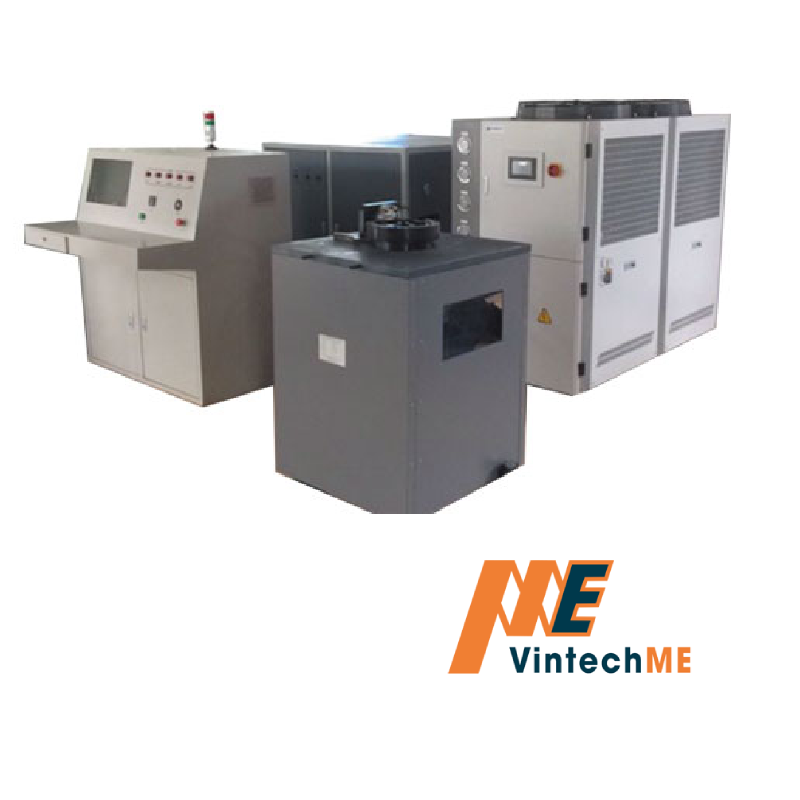Applications and Features
The KPD-G (1221) high-frequency fatigue testing machine (referred to as the tester) is primarily used for testing the lifespan of compression coil springs, evaluating the operational limits of springs, and comparing various performance parameters, materials, and manufacturing processes of springs. The machine also has the capability to generate fatigue life test curves of springs at different frequencies by adjusting the vibration mass. In addition to testing springs, the machine can be used to test other elastic components with similar properties.
Principles and Characteristics
The testing machine operates based on:
- The principle of electromagnetic excitation and specimen (spring) resonance.
- A control system that employs pulse width modulation (PWM) and a high-power switching circuit.
- An automatic vibration system that maintains an optimal resonance state without requiring manual adjustments.
Key Features:
- Simple and reliable operation with stable performance.
- Displays vibration count and frequency of the specimen (spring) through a digital display.
- Allows users to set the vibration count as needed.
Advantages:
- Short testing cycles and high efficiency.
- Low noise operation with no mechanical wear.
- Energy-efficient performance.
Main Technical Parameters
| No. | Project Name | Parameters and Indexes |
|---|---|---|
| 1 | Maximum Load Capacity | 2000 N |
| 2 | Maximum Spring Length | 120 mm |
| 3 | Spring Outer Diameter Range | Φ85 mm |
| 4 | Frequency Range | 20–500 Hz |
| 5 | Amplitude | ±15 mm |
| 6 | Counter Display Error | ±1 bit |
| 7 | Counter Capacity | 1×10⁹–1 |
| 8 | Power Source | 380 VAC, 50 Hz |
| 9 | Calibration Frequency | 32768 Hz |

%202000Np.png)

%2030000Np.png)
%2020000N.png)
%205000-10000Np.png)
p.png)
%202000Np.png)
 Tiếng Việt
Tiếng Việt English
English